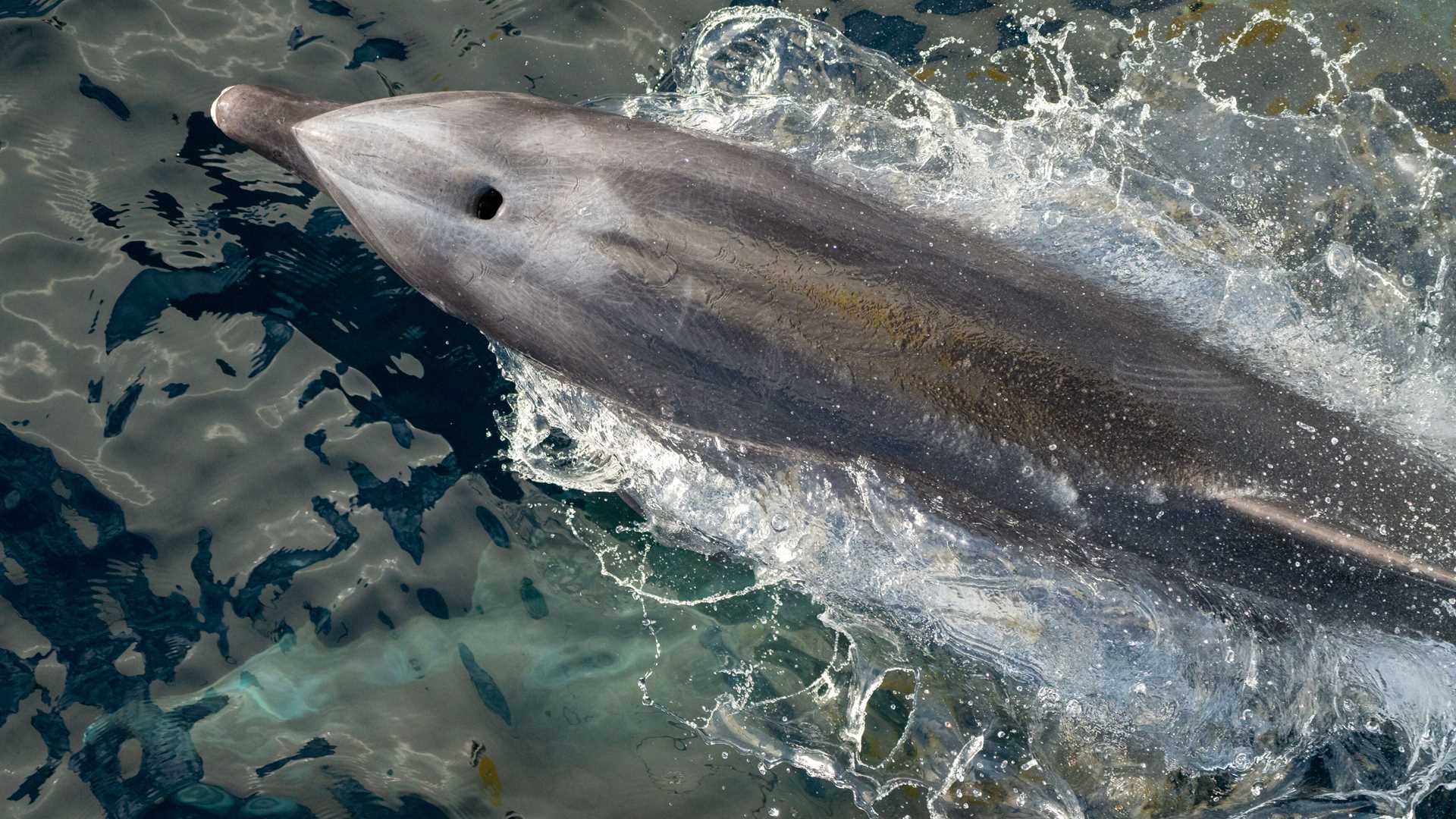On the first day of our expedition, we cruised through Loreto Bay Marine Reserve on our way south to Isla San Jose. In these productive waters, we saw several cetaceans, including two large groups of dolphins - and a blue whale! At Isla San Jose, first we focused on watersports (swim/snorkel, kayak or stand-up paddleboard), and then we hiked up a beautiful arroyo in the desert.
- Daily Expedition Reports
- 08 Jan 2023
Bahia Encantada, Isla San Jose, 1/8/2023, National Geographic Venture
- Aboard the National Geographic Venture
- Baja California
Baja California: Among the Great Whales
VIEW ITINERARYSign Up for Daily Expedition Reports
Fields with an asterisk (*) are required.
Enter travel details to receive reports from a single expedition
Send Daily Expedition Reports to friends and family
*By clicking the submit button, I authorize Lindblad Expeditions to email me; however, I am able to unsubscribe at any time. For more details, see our Privacy Policy.
Please note: All Daily Expedition Reports (DERs) are posted Monday-Friday,
during normal business hours. DERs are written onboard the ship only and do
not apply to land-based portions of expeditions.









